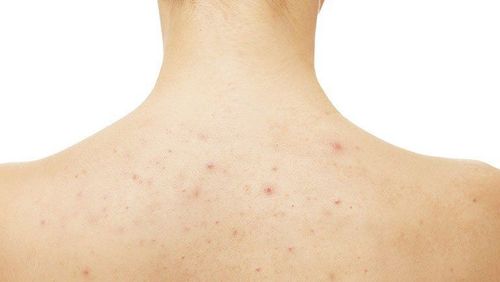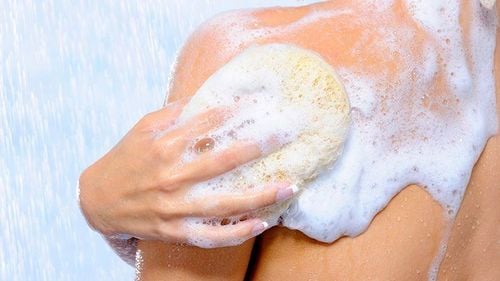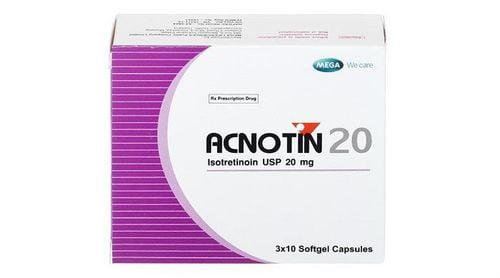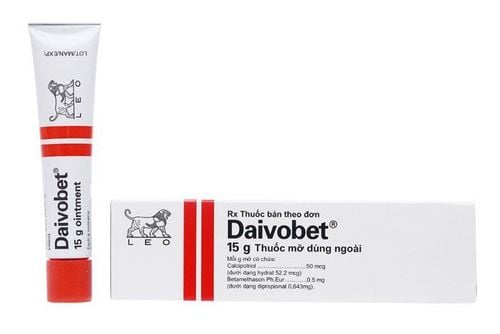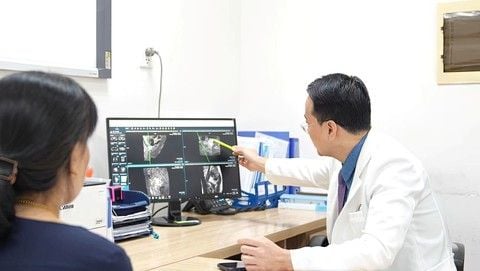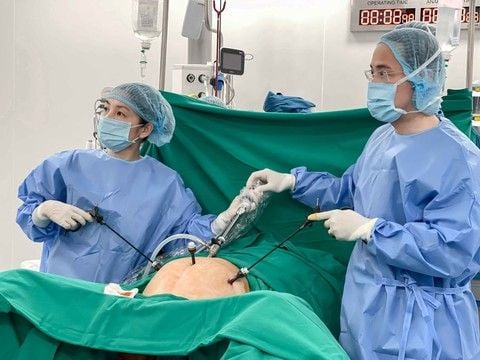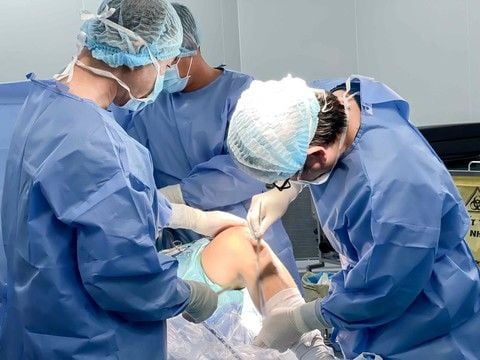The nose is one of the most common places for pimples to appear, because hair follicles in the nose are often larger and can be clogged more easily than other areas. Accordingly, people can take care of their nose and prevent pimples from forming in the nose to clear hair follicles..
1. What causes pimples on the nose?
1.1 Clogging of hair follicles
Most acquired pimples on the nose are the result of excess oil secretion and bacteria clogging hair follicles, causing pimples on and around the nose.
1.2 Ingrown hairs
Sometimes nose hair can grow back into the skin due to shaving, waxing or plucking.
1.3 Nasal vestibular inflammation
This is an infection that occurs in the nasal vestibule, which is the front part of the nasal cavity. Risk factors for this condition are nose picking, excessive nose blowing or wearing a nose ring on the nostril. At this time, Staphylococcus bacteria (staphylococcus) is often the cause of the formation of white or red bumps inside the nose.
1.4 Pimples in the nose
Nose pimples are a sign of an infection deeper inside the nose. This condition can sometimes lead to cellulitis - a skin infection that can spread into the bloodstream and to other organ systems.
2. How to treat pimples on the nose?
2.1 Topical cream
Salicylic acid and benzoyl peroxide are key ingredients in topical creams that help control pimples by helping clear clogged hair follicles and reducing the appearance of pimples on the nose.

2.2 Pain relievers and anti-inflammatory medications
Pain relievers and anti-inflammatory drugs such as acetaminophen, ibuprofen and generic over-the-counter naproxen sodium will help improve the discomfort and inflammation caused by nasal pimples.
2.3 Antiseptics
Topical antiseptics kill bacteria, control inflammation and help reduce pain. Tea tree oil is a natural antiseptic skin treatment. However, the warning is not to use undiluted essential oils on the nasal mucosa, they should be diluted with coconut oil before application.
3. How to treat nose pimples at home?
3.1 Lemon juice
The solution has a strong sour taste, and has long been considered a natural antiseptic solution because its acidic nature will help you clean and dry pimples on the nose.
Wash off after 15 minutes and apply lemon juice to your nose. After use, it may make the skin sensitive to light. Therefore, you need to actively protect yourself from the sun afterward with sunscreen cream if you have to go out.
3.2 Ice
Rub the ice gently on the pimples area of your nose for 20 minutes; The cold temperature of ice makes blood vessels and helps to reduce inflammation and swelling.
3.3 Tea tree oil
Tea tree oil can be used by applying it to pimples and rinsing it off after 10 minutes thanks to its natural antibacterial properties.
3.4 Toothpaste
Toothpaste will help dry out acne thanks to its antibacterial properties. Apply a little bit of toothpaste on the pimples and leave overnight. Wash it off the next morning.
3.5 Listerine mouthwash
Listerine is a substance that has both antibacterial and astringent properties thanks to the contraction reaction of skin cells and reduces the size of pimples. Apply a little of this solution on your nose and rinse after 10 minutes.

4. To prevent pimples on the nose
- To prevent pimples in general and nasal pimples in particular, the first thing you need to do is basic skin care. Create a habit for yourself to always keep your skin clean. Cleansing your skin will help remove dirt, clear hair follicles, and limit pimples on the nose.
- Wash your face twice a day to remove dirt, excess oil and sebum from the skin. However, you should not wash your face too much because it will lose the necessary oil from the skin, contributing to increased sebum production.
- Drink plenty of water to hydrate your skin and prevent it from producing too much sebum.
- Avoid oil-based makeup products, as this will increase the possibility of hair follicle clogging. Water-based makeup products are more recommended for the skin is prone to cystic acne.
- Choose makeup remover suitable for each type of skin and remove makeup before going to bed.
- Cleanse, tone and moisturize skin regularly. Follow a skin care regimen that helps your skin maintain a stable pH level and prevents clogged hair follicles.
- Avoid exfoliating your skin every day, as doing too much can stimulate sebum production on the skin. Use gentle exfoliants anytime.
- Build a scientific nutritional menu. Research shows a low carbohydrate diet can help clear acne.
- Don't forget to use sunscreen. Because direct exposure to ultraviolet beam can dehydrate the skin and body, leading to overproduction of sebum. Consider choosing the right sunscreen for your skin to avoid clogging hair follicles.
- Absolutely do not squeeze acne. Squeezing pimples can disrupt the skin's protective barrier and infect the hair follicles, causing more acne. This can eventually cause scabbing and scarring on the face.
In short, acne on the nose is a very common skin disease mainly caused by increased sebum secretion. Although it is not dangerous, pimples on the nose can lead to many troubles and affect the aesthetics of the whole face. At this time, do not squeeze pimples, but follow good skin care guidelines that will help control pimples and help prevent future recurrences.
To arrange an appointment, please call HOTLINE or make your reservation directly HERE. You may also download the MyVinmec app to schedule appointments faster and manage your reservations more conveniently.
